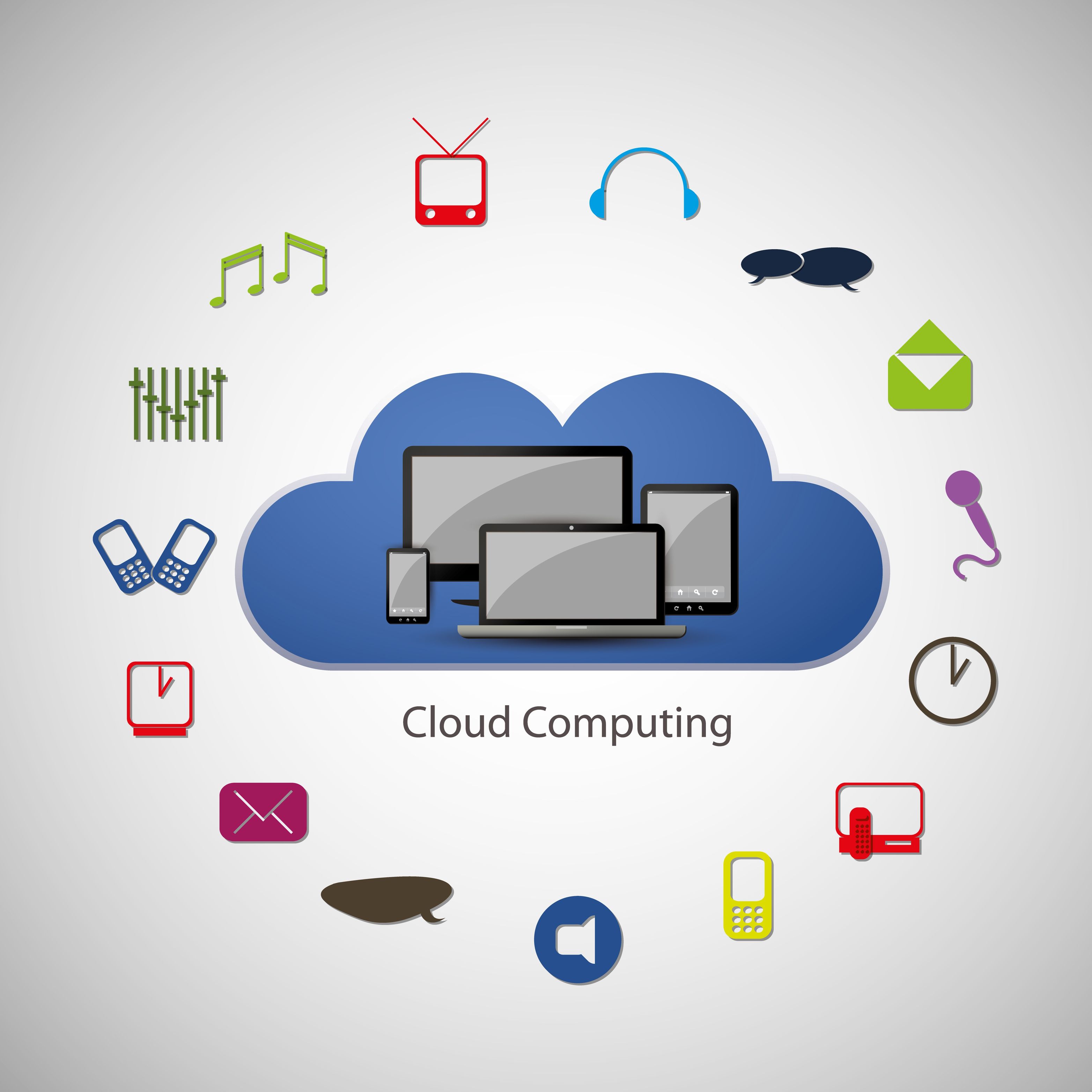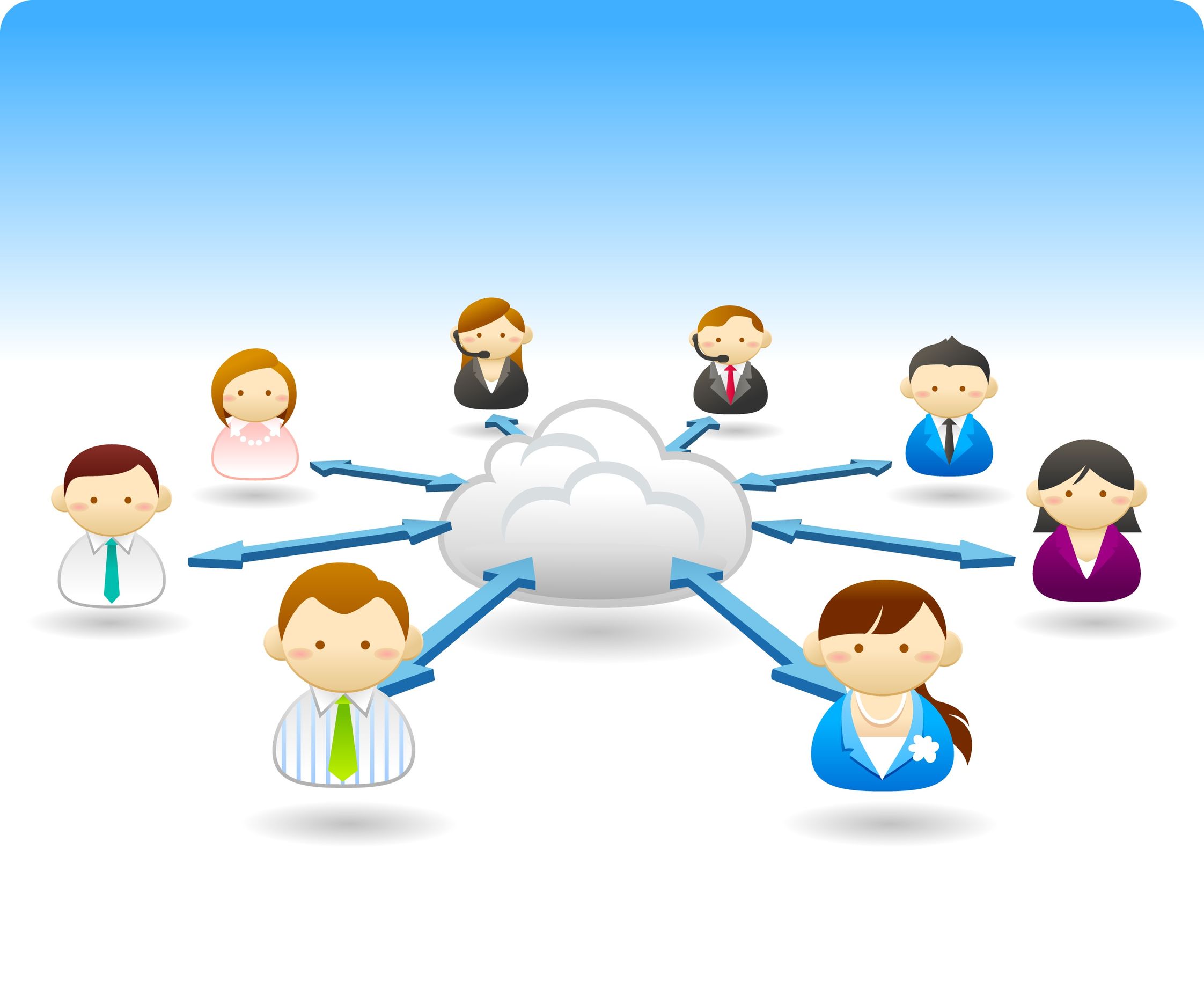The term public cloud is confusing for many, including misunderstanding about what “public” actually means. At the most basic level, the public cloud is a platform of connected servers that combine to provide cloud computing resources that are more substantial than would be possible with a single or even combined private, in-house servers.
Connected Servers
While the impression is literally of a cloud containing information, the public cloud is really a series of connected servers. These servers are in data centers located around the world. A third party, the data center provider, maintains these servers and the associated hardware, networks, and connection to ISPs, internet hubs, and telecom carriers. The data center also maintains the servers in optimal conditions and ensures power backup and uptime.
How it Works
The virtual environment of the public cloud has a network that provides high bandwidth to be able to transmit, store, and run computer programs. While the tenants (or users) in the public cloud share the infrastructure, the resources are so vast there are no limitations, allowing for quick scalability and flexibility.
While there are shared resources and cloud infrastructure, data stored on the public cloud is private. Other tenants using the same public cloud have no access to this private data.
Clouds exist within specific locations or regions. This is important to ensure the tenants in the cloud are able to follow all local regulations with regard to the storage and transmission of data. The proximity of the data centers within the region also provides full redundancy and exceptional end-user experience.







